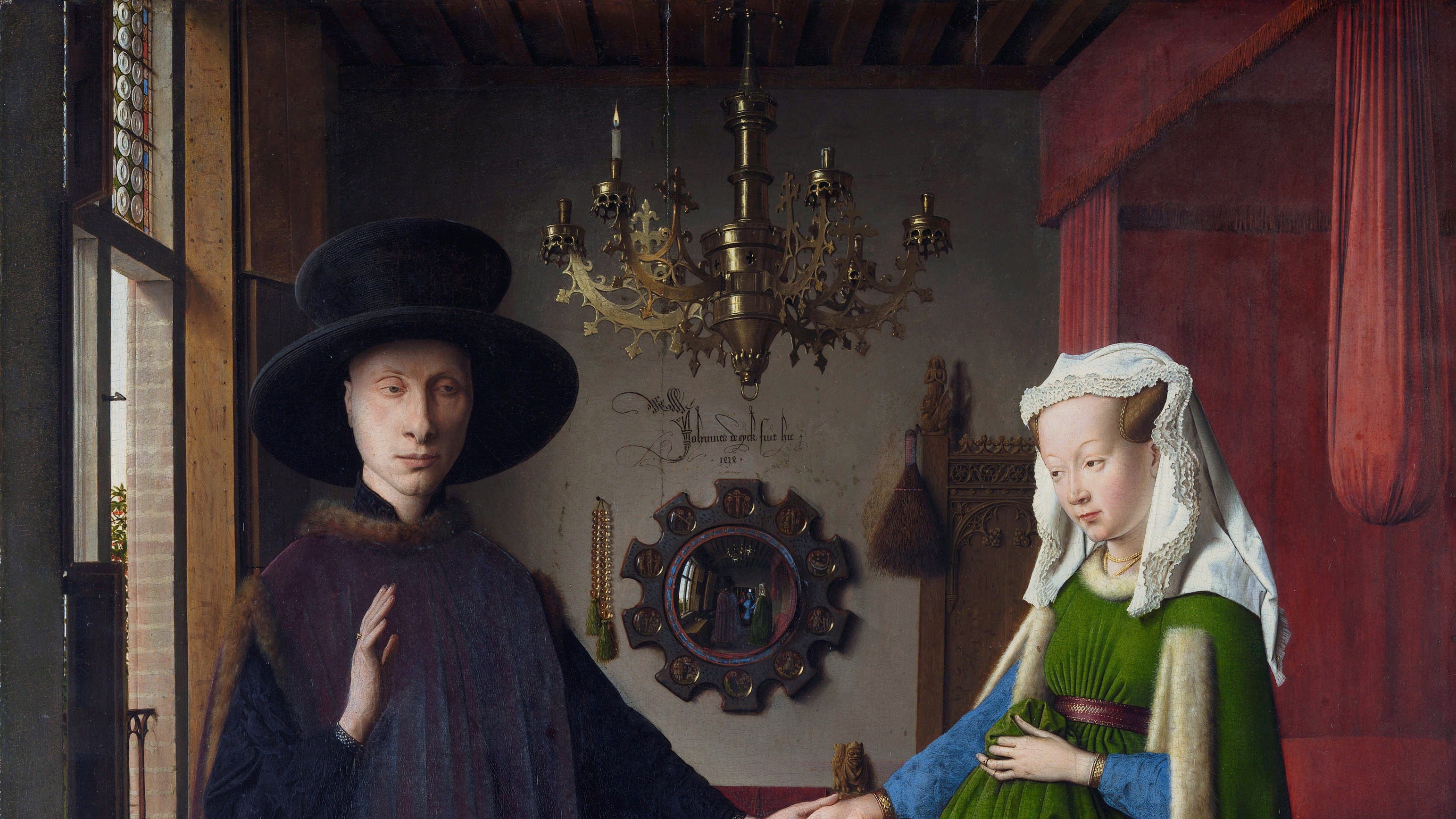Chandeliers experienced growth from simple candleholders to exuberant artworks throughout the years and their history is not finished even closely. Being at the front of the evolving lighting trends, we are curious to observe and manage chandeliers' history nowadays…
12-13th century - the Mother of the Chandeliers - Polycandelon


Medieval time - a giant step up
The next step in a chandelier evolving history is a mediaeval time. During this period chandeliers became more popular and were referring not to the handing light. A mediaeval chandelier could be moved from room to room. In the Encyclopaedia "All things Mediaeval" the author wrote:
"Portable chandeliers provided evening light for those who could afford candles.In wealthy houses, though, candles could even be grouped together in a chandelier, a holder with room for more than one candle. The word chandelier now refers to a hanging light, but a mediaeval chandelier could be moved from room to room. The evening meal was generally eaten in the dark during the winter, and aristocratic households used candles on the dining tables so the food could be seen."

On the famous painting of Jan van Eyck "The Arnolfini Portrait" (1434) we see a classic brass chandelier with a sophisticated ornament. The lighting fixtures in this style are still produced from time to time.
 The Arnolfini Portrait by Jan van Eyck (1434)
The Arnolfini Portrait by Jan van Eyck (1434)During the 17th century, along with the cult of mirrors, chandeliers were evolving.
Wall sconces, multi-branched candleholders, candelabra and the ceiling chandeliers with rock-crystal or glass drops began being incorporated to multiply the glittering effects of added reflections. Crystal drops were attached to every possible lighting source to show off the rainbow lights all over the wealthy rooms. Labour-intensive crystal chandeliers became a new sign of wealth.
At the beginning of the 18th century, the glass industry was at its prime. The development of the glass production industry led to cheaper production of lead crystals. Therefore, the cut-glass chandelier was dominant from about 1750 until at least 1900.
In the mid 19th century, when the gas lighting caught on, mostly all previous designs of lighting pieces were simply converted to so-called gasoliers. Candleholders were replaced with deep gasoline cups without any major frame reconstructions.
Towards our time chandeliers have been becoming more and more complicated and had reached their peak by the end of the 19th century. At the beginning of the electricity revolution, chandeliers with a new source of light were called Electrolier. Back then it was a miracle, in contrast, nowadays electroliers are the only option available on the mass market.

Sir John Betjeman wrote the poem "The Metropolitan Railway - Baker Street Station Buffet" (1954) with a romantic description:
"Early Electric! With what radiant hope!
Men formed this many-branched electrolier,
Twisted the flex around the iron rope
And let the dazzling vacuum globes hang clear,
And then with hearts the rich contrivance fill’d
Of copper, beaten by the Bromsgrove Guild."
Last 50 years the general trends have led to minimalistic approaches, clear lines and the absence of sophisticated details, but we feel the wind of changes. Crystal chandeliers are returning their glory by conquering the hearts of famous interior designers...

0 comments